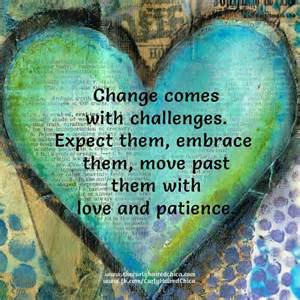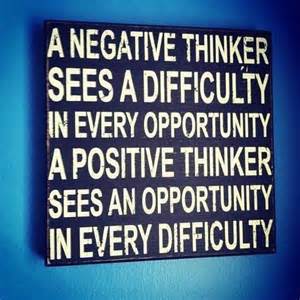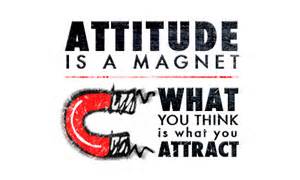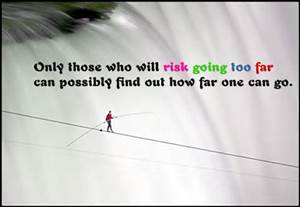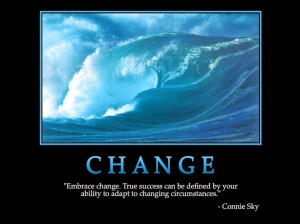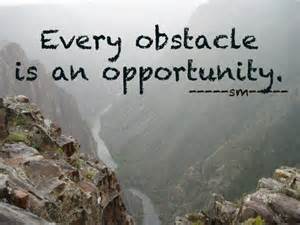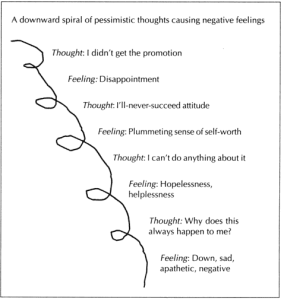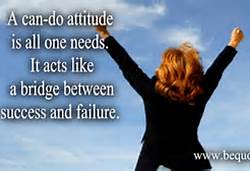The 23rd season of Dancing With the Stars (DWTS), the reality dance show that pairs celebrities with professional dancers, premiered on September 12, 2016. Past seasons of the show have provided inspiration for many of my blog posts because the celebrities often talk about working outside of their comfort zone, overcoming obstacles, maintaining a positive attitude and outlook – all areas relevant to dealing with change.
This current season is no exception. After her first dance, Terra Jolé said, “You just can’t give up.” Terra faces a challenge no other celebrity has had to deal with. She is the first little person to compete on DWTS. 
In a blog post for People Magazine she shared, “Rehearsals have been very stressful because this is the first time Sasha and I are in a hold together. Any little person standing in frame with an average-size person is going to look different. My torso is the same size as an average person’s, but my arms and legs are half the size of theirs! These physical differences challenge me to make it work as a little person, but they challenge Sasha to get creative. I’m truly looking forward to performing what we have practiced all week tonight. Hopefully it will show that Sasha is a good teacher and I am a good student and that no matter the handicap, you can make it work!”
“You just can’t give up” is sound advice for life in general. There are many examples of people who exemplify this advice. Take for example, Oprah Winfrey who despite reportedly being a victim of sexual abuse as a child and often criticized about personal characteristics or beliefs, has persevered. She graduated high school with honors, graduated college on a full scholarship, and worked her way up the media ladder from a local network anchor to the now international superstar and creator of her Oprah Winfrey Network.

Or Abraham Lincoln who failed in business at 21. Was defeated in a legislative race at 22. Failed again in business at 24. Overcame the death of his sweetheart at 26. Had a nervous breakdown at 27. Lost a congressional race at 34. Lost a senatorial race at 45. Failed in an attempt to become vice president at 47. Lost another senatorial race at 49. Was elected president at 52. For him, defeat was a detour, not a dead end.

How about J.K. Rowling? In 1994 (three years before her Harry Potter books hit the shelves), she had just gotten a divorce, was  on government aid, and could barely afford to feed her baby. When she was sending out the manuscript of the first Harry Potter book, Harry Potter and The Sorcerer’s Stone (title for books published in England was Harry Potter and The Philosopher’s Stone), she was so poor she couldn’t afford a computer or even the cost of photocopying the 90,000-word novel, so she manually typed out each version to send to publishers. It was rejected dozens of times until finally Bloomsbury, a small London publisher, gave it a second chance after the CEO’s eight year-old daughter fell in love with it.
on government aid, and could barely afford to feed her baby. When she was sending out the manuscript of the first Harry Potter book, Harry Potter and The Sorcerer’s Stone (title for books published in England was Harry Potter and The Philosopher’s Stone), she was so poor she couldn’t afford a computer or even the cost of photocopying the 90,000-word novel, so she manually typed out each version to send to publishers. It was rejected dozens of times until finally Bloomsbury, a small London publisher, gave it a second chance after the CEO’s eight year-old daughter fell in love with it.
And then there’s Thomas Edison. In 1914, at age 67, he lost his factory worth a few million dollars to a fire. He had very little insurance. He watched his lifetime effort to up in smoke. He said, “There’s great value in disaster. All our mistakes are burnt up. Thank God we can start anew.” Three weeks later, he invented the phonograph.
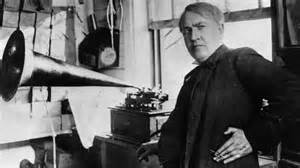
What do Terra Jolé, Oprah Winfrey, Abraham Lincoln, J.K. Rowling, and Thomas Edison have in common that led them to not give up? Let’s take a look at some the characteristics they share.
THEY DON’T DWELL ON ‘WHY ME?’ They seem to understand that life isn’t always fair or easy. They don’t feel sorry for themselves or their situation.
THEY LEARN FROM THEIR EXPERIENCES. They overcome problems and obstacles and they see the lesson in everything that happens to them. They look for the opportunities in all situations. They view mistakes as learning opportunities. Failure is an impetus to change, improve, and grow.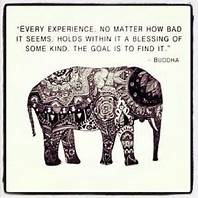
THEY WORK HARD. They recognize it takes hard work to succeed. “If at first you don’t succeed, try, try again” is their motto.
THEY FOCUS ON WHAT THEY CAN CONTROL. Much of what they can control is their attitude. They understand that there is much in life over which we have no control. They focus on what they can control – their attitude, thoughts, actions, and their reaction to things.
THEY KEEP THE PAST IN THE PAST. They live for the present and they plan for the future. They do not dwell on the past, but rather, learn from it.

THEY HAVE A CAN-DO ATTITUDE. They believe that they are capable of being successful in what they plan to do. They ‘convince’ themselves that they can do anything. They willingly accept and meet challenges.
THEY DO NOT MAKE EXCUSES. They find ways to make things happen instead of making excuses about why things can’t happen.
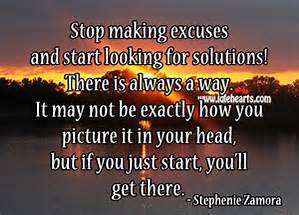
THEY HAVE A POSITIVE ORIENTATION. They are able to see the positive in any situation with which they deal. They subscribe to the philosophy that if you think you can, you will be able to. If you repeat positive thoughts, your mind will begin to focus on what you want you want rather than on what you do not want. They believe that if you feed your mind positive, it will weaken the negative.
THEY SET GOALS. They have plans for the future (which are what goals are). They know what they are trying to achieve. They know what result(s) they want and they put forth effort to achieve those results.
THEY ARE DISCIPLINED. They have inner strength and staying power to go the distance to achieve their goals. They are able to carry out their plans despite hardships and obstacles.
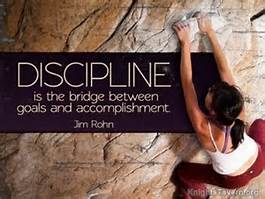
Self-help author, Brian Tracy, tells us, “Between you and every goal that you wish to achieve, there is a series of obstacles, and the bigger the goal, the bigger the obstacles. Your decision to be, have and do something out of the ordinary entails facing difficulties and challenges that are out of the ordinary as well. Sometimes your greatest asset is simply your ability to stay with it longer than anyone else.” Staying with something longer than anyone else; not giving up is exactly what we need to do when faced with a  challenge, whether a challenge from everyday life or one that change puts in our path. Terra Jolé, Oprah Winfrey, Abraham Lincoln, J.K. Rowling, and Thomas Edison are five examples of people who exemplify the “don’t give up” attitude. They are many more from current times, from history, and even from your personal life. Look to these people when the going gets tough. Tap into the characteristics that help us ‘keep on going’ instead of giving up. You can do it!
challenge, whether a challenge from everyday life or one that change puts in our path. Terra Jolé, Oprah Winfrey, Abraham Lincoln, J.K. Rowling, and Thomas Edison are five examples of people who exemplify the “don’t give up” attitude. They are many more from current times, from history, and even from your personal life. Look to these people when the going gets tough. Tap into the characteristics that help us ‘keep on going’ instead of giving up. You can do it!

